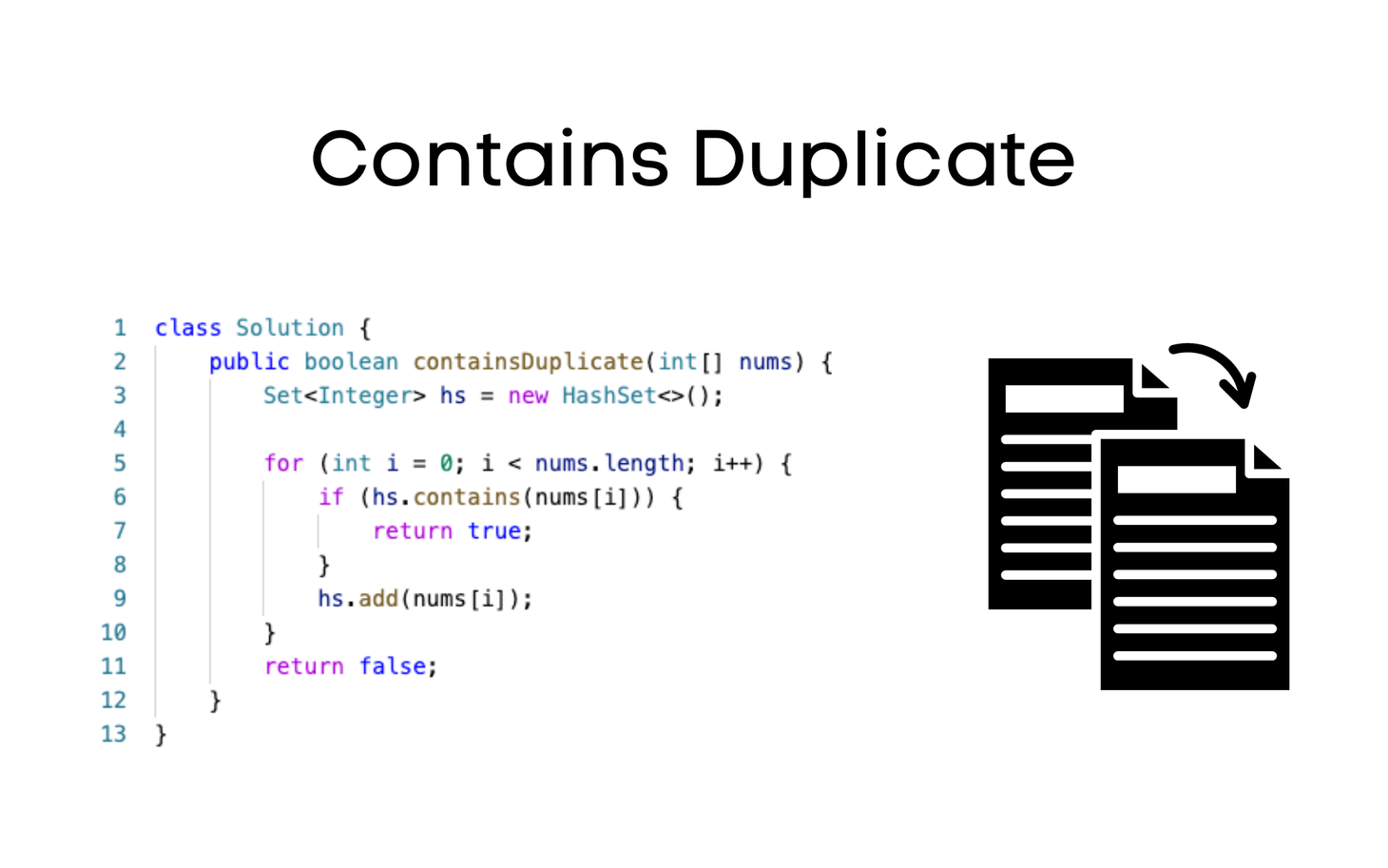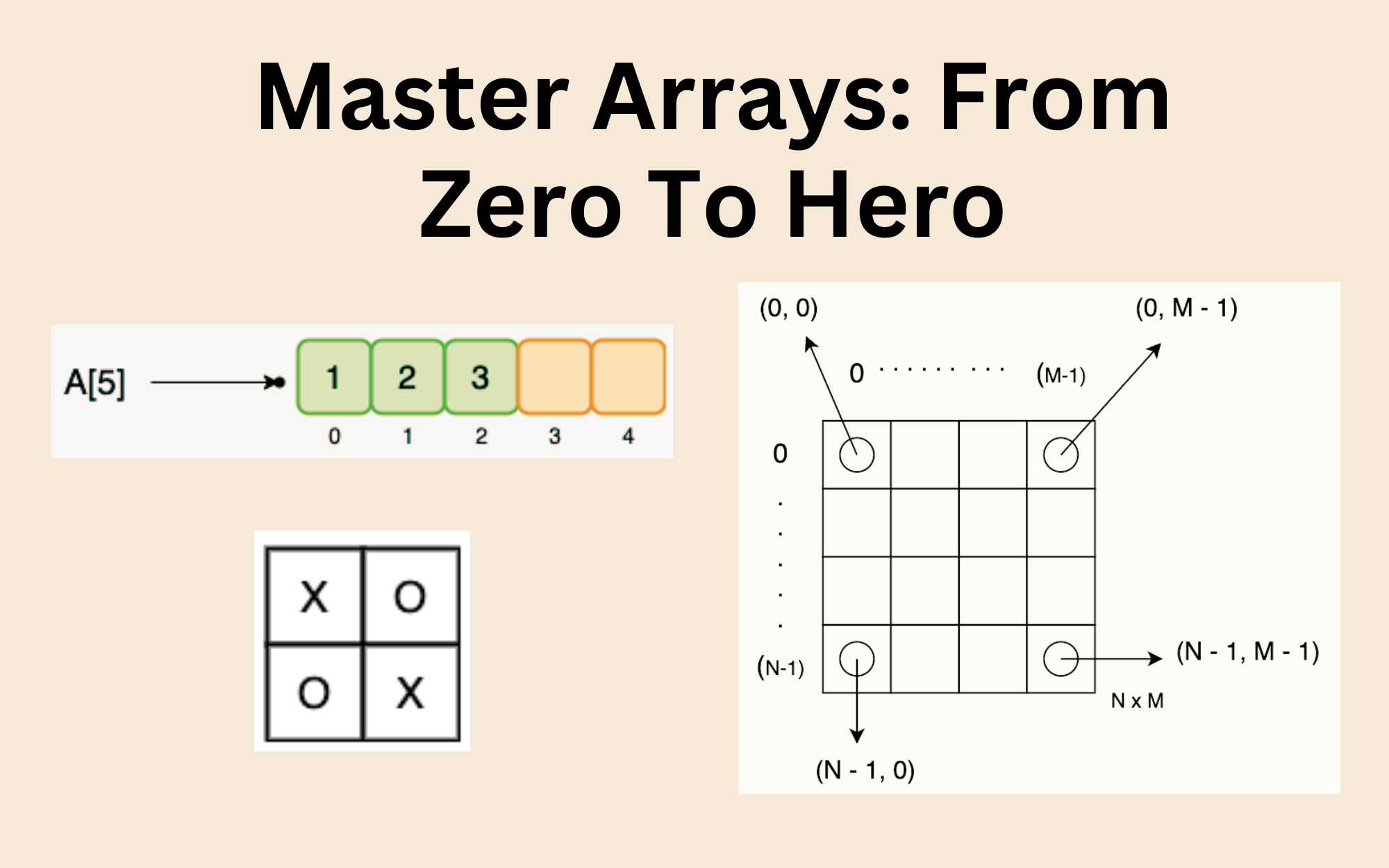Blog
Arrays Course Overview
Course Overview "Arrays Mastery For Coding Interviews" is a comprehensive program designed to provide an in-depth understanding of arrays, a fundamental data structure in computer science. The course covers various topics, including array manipulation, multi-dimensional arrays, dynamic arrays, and common algorithms. Students will learn through theoretical lessons and
Top 10 programming languages to learn in 2024
Introduction As we step into the arena of 2024, the demand for skilled software programmers continues to surge, and staying ahead of the curve is more crucial than ever. Choosing the right programming language to master can significantly impact your career path. We all know that the pandemic has commenced
Control Statements In Java
Introduction When you write code or a program, the program executes the blocks in the order they appear from top to bottom. Control flow statements help break up this execution flow by providing decision-making, looping, and branching capabilities. They allow your program to execute specific code blocks conditionally. In other
Printing To The Console in Java
Introduction Printing something on the console or panel that displays important messages, such as errors, messages, or data outputs, directly for developers. In Java, you can print to the console using the System.out.println() method. Here's a simple example: System.out.println(100); prints 100 on the
Leetcode 217: Contains Duplicate
This lesson will teach you how to find the duplicate element using a hashing algorithm.

Blind 75 LeetCode Problems: Detailed Solutions
💡More problems are on the way. Blind 75 is a curated collection of 75 coding problems commonly used by fast-paced startups and the top 1% of companies. List gained popularity among software engineers for tech interviews, especially at Google, Amazon, and Facebook (Meta). Arrays 1. Two Sum 2. Best Time
Master Array Data Structure: From Zero To Hero
Arrays are fundamental data structures in computer science and serve as building blocks for complex ones.

Differences Between JDK, JRE, and JVM?
Short answer JDK, JRE, and JVM are essential components of the Java platform, each serving a distinct purpose. Here are the key differences between them: 1. JDK (Java Development Kit): The JDK is used by developers to write, compile, and debug Java code. 2. JRE (Java Runtime Environment): End-users use
